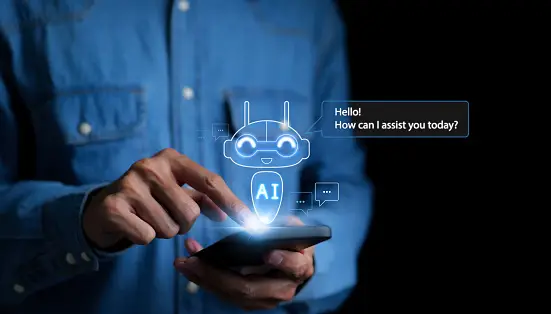How can ChatGPT be designed to continuously learn from customer interactions?

ChatGPT can be designed to continuously learn from customer interactions using a process called “fine-tuning”. Fine-tuning involves retraining the model on a smaller set of data that is specific to the domain or task at hand, such as customer service interactions.
Here’s how the fine-tuning process might work in the context of customer service:
1. Collect data: The first step is to collect a large dataset of customer service interactions, such as chat logs or email transcripts. This dataset should be representative of the types of inquiries and issues that customers are likely to have.
2. Preprocess the data: The next step is to preprocess the data by cleaning and formatting it in a way that is suitable for training the model. This might involve removing irrelevant information, such as timestamps or customer names, and converting the data into a format that can be easily fed into the model.
3. Fine-tune the model: The next step is to fine-tune the ChatGPT model on the customer service dataset. This involves training the model on the dataset using a supervised learning approach, where the model is given input-output pairs and learns to predict the outputs from the inputs. The fine-tuning process updates the weights of the model to improve its ability to generate accurate and relevant responses to customer inquiries.
4. Evaluate the model: The final step is to evaluate the fine-tuned model on a held-out test set of customer service interactions. This allows you to measure the performance of the model and identify areas where it can be further improved.
By continuously fine-tuning the ChatGPT model on new customer service data, you can improve its ability to generate accurate and relevant responses to customer inquiries over time. This can lead to better customer satisfaction and more efficient customer service interactions.
Here are some additional details on how ChatGPT can be fine-tuned for specific tasks:
1. Domain-specific language: One way to fine-tune ChatGPT is to train it on a dataset that is specific to the domain or industry that you’re working in. For example, if you’re working in the healthcare industry, you could fine-tune ChatGPT on a dataset of medical texts and patient interactions. This would help the model generate more accurate and relevant responses to healthcare-related inquiries and issues.
2. Task-specific data: Another way to fine-tune ChatGPT is to train it on a dataset that is specific to the task that you want it to perform. For example, if you want to use ChatGPT for sentiment analysis, you could fine-tune it on a dataset of labeled sentiment data. This would help the model learn the patterns and relationships between words and phrases that are relevant to sentiment analysis.
3. Augmentation: In addition to fine-tuning on specific datasets, you can also augment the training data to improve the model’s performance. This might involve adding noise or variations to the data, or using data augmentation techniques like back-translation or paraphrasing to increase the size and diversity of the training data.
4. Active learning: Another approach to improving the performance of ChatGPT is to use active learning techniques. Active learning involves selecting a subset of the training data that is most informative or uncertain, and using this data to iteratively train the model. This can help the model learn more efficiently and effectively from the available data.
Overall, fine-tuning is a powerful technique for improving the performance of ChatGPT on specific tasks or domains. By training the model on task-specific or domain-specific data, you can improve its ability to generate accurate and relevant responses to a wide range of prompts and questions.


















